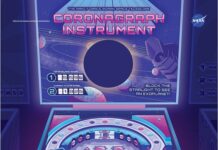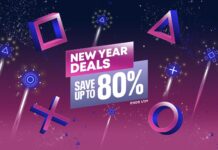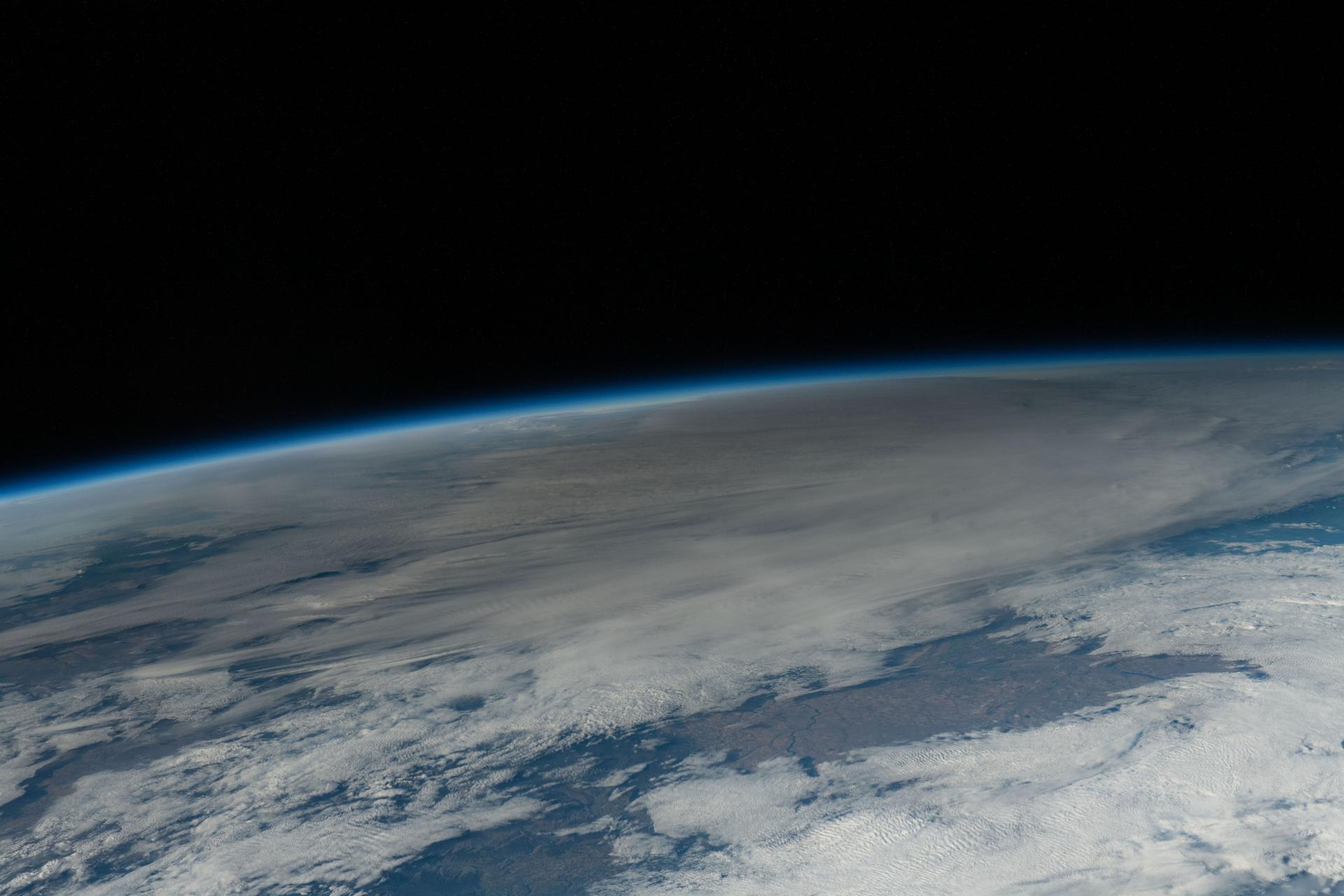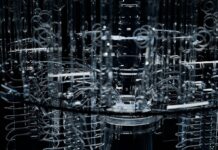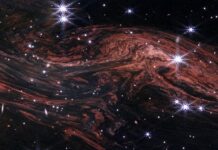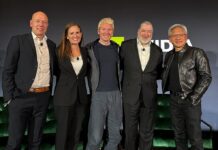Eclipses and Atmospheric Gravity Waves: A Breakthrough by U.S. Student Teams
In a groundbreaking development, student teams from three U.S. universities have successfully measured atmospheric gravity waves generated by an eclipse, a phenomenon that scientists have long predicted but never empirically confirmed. This significant achievement was accomplished during the North American annular solar eclipse on October 14, 2023. The research was part of the Nationwide Eclipse Ballooning Project (NEBP), which is sponsored by NASA.
Atmospheric gravity waves are ripples in the Earth’s atmosphere caused by various factors, including weather systems and topographical features like mountains. These waves can have significant implications for weather forecasting and our overall understanding of atmospheric dynamics. The confirmation of eclipse-generated atmospheric gravity waves is a crucial step forward in atmospheric science.
The Nationwide Eclipse Ballooning Project (NEBP)
The NEBP is a NASA-sponsored initiative that mobilizes high school and university student teams to release weather balloons equipped with scientific instruments during eclipses. These balloons collect valuable atmospheric data to study various phenomena. For the 2023 annular eclipse, student teams were positioned along the eclipse path across multiple U.S. states. These teams released balloons carrying instruments designed to conduct engineering studies and gather atmospheric data.
A cluster of science teams in New Mexico played a pivotal role in this endeavor. Their data provided definitive evidence linking the eclipse to the formation of atmospheric gravity waves. This discovery holds promise for improving weather forecasting models and could enhance our understanding of climate change.
The Role of Students in the Project
Angela Des Jardins, Director of the Montana Space Grant Consortium and the lead of NEBP, emphasized the educational value of the project. "Understanding how the atmosphere reacts in the special case of eclipses helps us better understand the atmosphere, which in turn helps us make more accurate weather predictions and, ultimately, better understand climate change," she stated.
Previous attempts to measure atmospheric gravity waves during eclipses had faced various challenges. In 2019, an NEBP team in Chile collected promising data, but the hourly balloon releases did not provide sufficient detail. The 2020 efforts were hindered by COVID-19 travel restrictions in Argentina and adverse weather conditions in Chile.
Strategic Planning for Success
Learning from past experiences, the project leaders meticulously planned the 2023 experiment. They scheduled balloon releases every 15 minutes and selected locations with the highest potential for success. New Mexico emerged as a particularly promising site due to its favorable atmospheric conditions.
Jie Gong, a researcher at NASA’s Climate and Radiation Lab and a co-investigator of the study, explained the rationale behind the choice. "The majority of atmospheric gravity sources are convection, weather systems, and mountains. We wanted to eliminate all those possible sources," he said.
A "supersite" was established in Moriarty, New Mexico, where four atmospheric science teams were stationed. These teams included two from Plymouth State University in New Hampshire, and one each from the State University of New York (SUNY) Albany and SUNY Oswego.
The Eclipse Day Operation
The student teams began launching balloons at 10 a.m. the day before the eclipse. They worked in shifts around the clock to ensure continuous data collection. Eric Kelsey, a research associate professor at Plymouth State and the NEBP northeast regional lead, described the operation. "They worked in shifts through the day and night, and then everyone was on site for the eclipse," he said.
Each balloon carried a radiosonde, an instrument package that measured temperature, location, humidity, wind direction, and wind speed at one-second intervals during its ascent. The radiosondes transmitted this data to the ground teams in real time. Students then uploaded the data to a shared server, where Jie Gong and two graduate students spent months processing and analyzing it.
Confirmation and Excitement
By spring 2024, the team confirmed that the eclipse had indeed generated atmospheric gravity waves above New Mexico. Jie Gong recalled the moment of discovery. "We put all the data together according to time, and when we plotted that time series, I could already see the stripes in the signal. I bombarded everybody’s email. We were quite excited," he said.
Educational Impact
The NEBP not only produced significant scientific findings but also provided invaluable educational experiences for the students involved. Kelsey emphasized the learning curve the students faced. "The students learned a ton through practicing launching weather balloons. It was a huge learning curve. They had to work together to figure out all the logistics and troubleshoot. It’s good practice of teamwork skills," he noted.
Des Jardins highlighted the importance of student involvement in the project. "All of this is technically complicated. While the focus now is on the science result, the most important part is that it was students who made this happen," she said.
Funding and Support
NASA’s Science Mission Directorate Science Activation program funds NEBP, with additional contributions from the National Space Grant College and Fellowship Project and support from NASA’s Balloon Program Office.
Additional Information and Resources
For those interested in learning more about this project and related initiatives, here are some useful links:
- Montana State-led ballooning project confirms hypothesis about eclipse effects on atmosphere
- Nationwide Eclipse Ballooning Project
- NASA Selects Student Teams for High-Flying Balloon Science
- NASA Science Activation
- NASA Space Grant
Conclusion
The successful measurement of eclipse-generated atmospheric gravity waves by student teams from three U.S. universities marks a significant milestone in atmospheric science. This achievement not only advances our understanding of atmospheric dynamics but also highlights the importance of educational initiatives like the NEBP. By involving students in cutting-edge research, NASA is fostering the next generation of scientists and engineers who will continue to push the boundaries of our knowledge.
For more Information, Refer to this article.


















